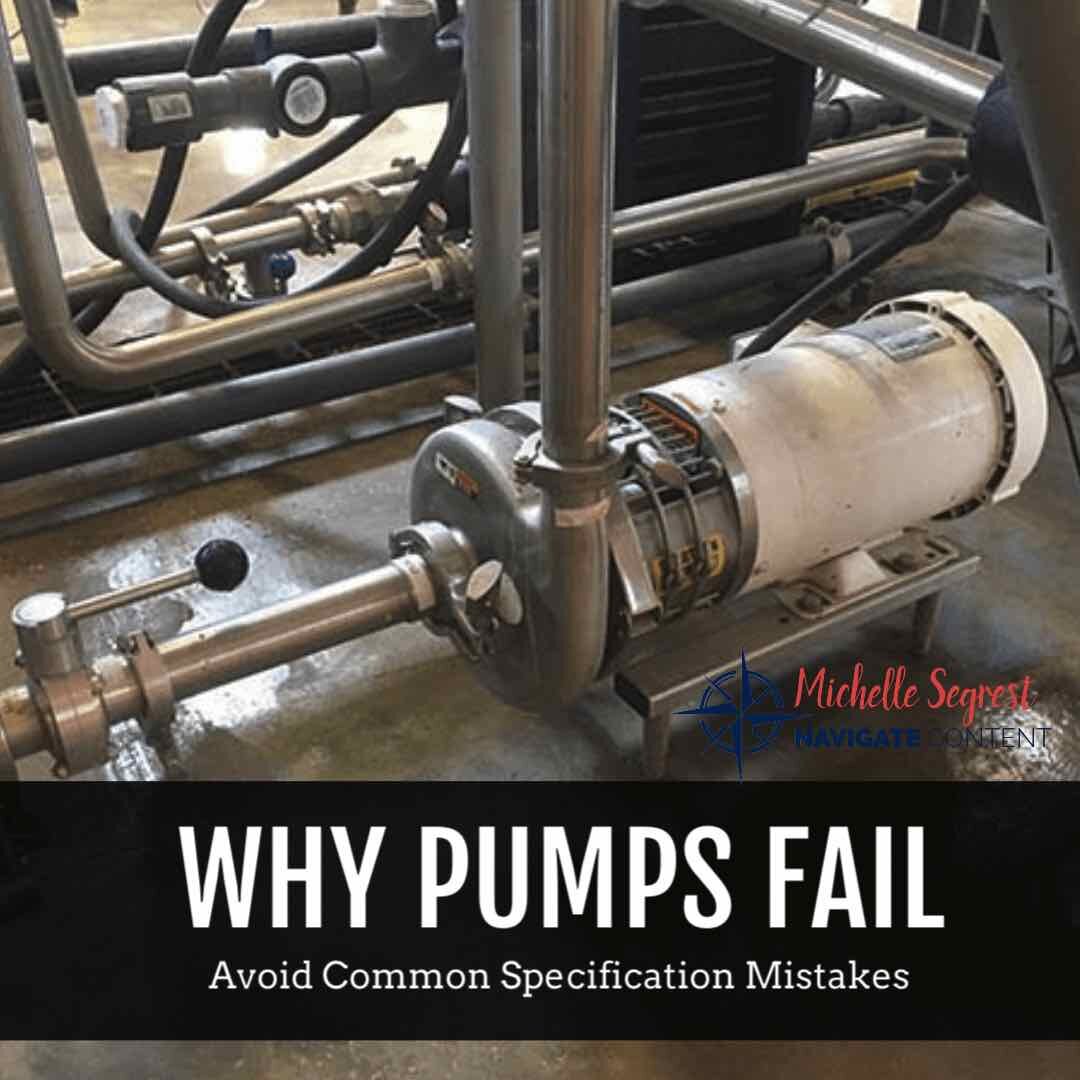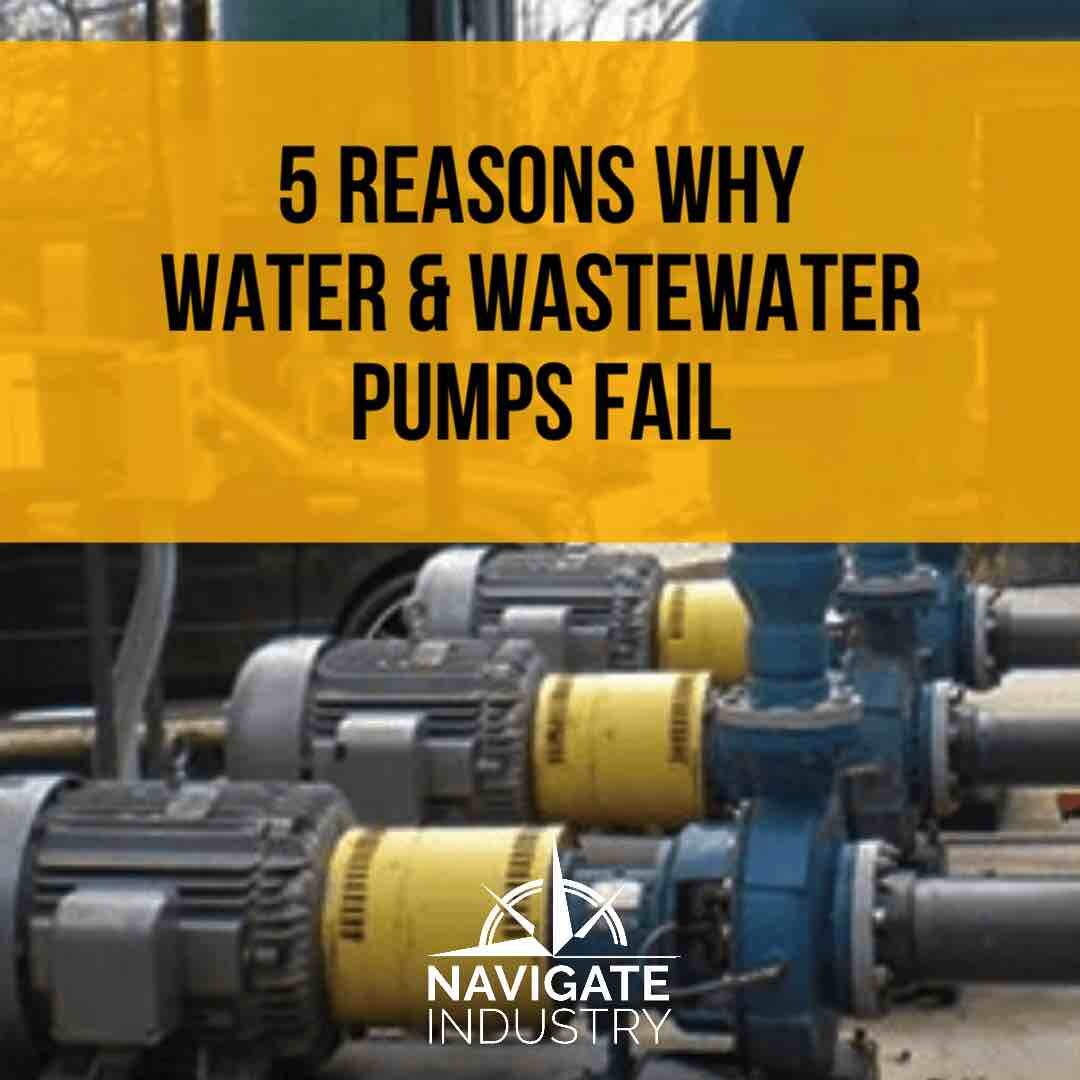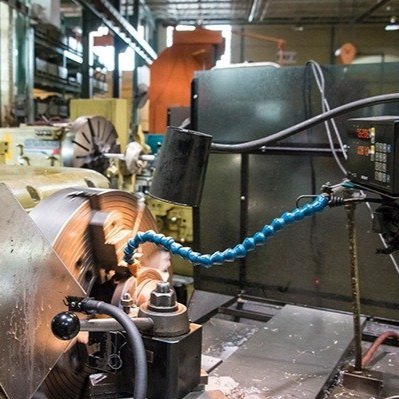Know Your Engineering Equipment in Mining Applications
/George Corfield is a professional maintenance and operations manager and mining engineer, with more than 20 years of experience in operations, equipment repair and overhaul, maintenance, and engineering functions for diversified industrial and mining organizations.
By Michelle Segrest, Navigate Content, Inc. - Reporting for Valve World and Pump Engineer Magazines
George Corfield’s expertise lies in problem solving, operations, cost analysis, communicating vision, and strategic planning. Retired since 2014, Corfield works from his Mesa, Arizona, USA office and uses his skills and experience to consult companies in organizing and coaching teams to affect solutions and solve complex problems in maintenance, equipment rebuilding, mineral and chemical processing, and asset management
When working with valves and pumps, it’s important to know your equipment, according to George Corfield, a mining engineer and maintenance manager with more than 20 years of experience working with valves and pumps.
“To keep the equipment and the operators safe, be sure to perform lockout and tag-out procedures carefully whenever you work on equipment,” Corfield advised. “For novices, I would suggest working with experienced engineers and tradesmen. Work on the equipment hands-on a bit to learn specific problems and work with OEM Engineers. Be careful when dealing with salesmen who are not application engineers. Study and get certified and become a subject matter expert as soon as possible.”
Corfield also advises young end users to use cost/benefit analysis for economic justifications and application requirements and specifications.
Corfield has the experience to back up this advice.
His present work in maintenance management, asset management, reliability engineering, and equipment repair consulting gives his direct contact with pumps, valves. compressors, crushers, hoists, and other diversified equipment problems. “In my role as a SME, I often do not have the answers, but I do know where to find them,” he said.
As maintenance manager for the Central Arizona Project Centralized Maintenance Operations, Corfield was responsible for valves up to 96 inches in diameter and pumps up to 60,000 horsepower delivering 630 Cubic Ft/ Sec. The CAP furnishes about one-third of the water requirements for the State of Arizona.
Maintenance, Reliability and Engineering Experience
Corfield has been officially retired since 2014, but he still performs consulting and advisory work for various companies and individuals who have problems or need advice or help with Maintenance/Reliability Engineering or specific repairs or methodologies to extend equipment life, reduce cost, and increase performance. “This might involve capitalizing on my own experience or putting together an Ad Hoc Team of specialists that I know can offer solutions,” he said.
Corfield took and passed, the HUET Exam at the Shell Oil Company Deep Water Center just north of New Orleans when he was 73. “Shell told me I was the oldest person up to that time to have passed the all-day underwater escape test,” the now 84-year-old said. “This was probably the greatest physical and mental challenge of my career. I was in basically “A” shape at the time. A company in Houston hired me to do some Equipment Maintenance Engineering on AUGER.”
AUGER is an Offshore Tension Leg Drilling Platform about 143 miles SSW of New Orleans drilling in 2,880 feet of water in the Gulf of Mexico.
Transportation to AUGER is by helicopter from a costal base in Louisiana. All personnel that fly to AUGER are required to be certified in Helicopter Underwater Escape Training Hands On.
“About one half of the people taking the HUET Test were gone by mid-afternoon,” he said. “Shell E&P has a major deep water control center near a little town just north of New Orleans. This place is highly controlled and all gulf rig/drill platforms and deep sea pumping stations can be entirely remotely operated from there in case of Hurricanes. This area is off limits and closely guarded. Ever though I was on AUGER only two weeks, the training was required. I also worked for Shell another five months on Land at McAllen. Texas, repairing NG field heavy equipment on a field that Shell had just acquired from TOTAL, the French Oil Major. TOTAL did not perform good maintenance and about half of the large pumping and compressor stations would not even work. While I am 84, I still get around OK, but I could not pass the HUET Test now!”
He said his primary area of expertise is Equipment/Maintenance/Reliability Engineering and Cost control/Economics. “This would include cost benefit analysis and specialized repair and/or equipment life extension techniques.”
Solving Problems in Valve and Pump Maintenance
End users can avoid a lot of problems by having a good set of specifications upfront before purchasing valves or pumps, Corfield said.
“Work with OEM engineers, not just sales reps, when generating application requirements,” he advised. “Do a cost benefit analysis as the cheapest hardware initially may not be the overall most cost effective for the operation. This is especially true when dealing with in-house PAs who often use three bids and use the lowest bidder when placing an order. When dealing with equipment in the field be sure that a good, solid maintenance and reliability program is in place before the equipment is put into service.”
When it comes to maintaining valves and pumps, there are a number of publications generated by the OEMs that cover these topics extensively, he said. “I would suggest a good place for the novice to start is on the internet. Simply Google best maintenance practice for pumps, valves, etc. There are a number of good practical articles with tips by authors such as Heinz Bloch and numerous others that have specific recommendations. As there are many types of pumps and valves such as PRVs, plug valves, globe valves. gate valves, rising stem valves, and fixed stem valves, to name a few. Each case has its own set of specific requirements. This is also true of pumps.
“As a practical matter, I have found that there is often some over design/over specification for these hardware items. While perhaps costing a bit more, these will usually lead to better reliability and overall performance covering contingencies.”
Major Maintenance and Engineering Projects
Corfield’s experience is extensive.
He analyzed the situation for a major Arizona water provider which lacked an adequate equipment maintenance and reliability program for $2 billion in heavy equipment and facilities. He reorganized the centralized maintenance group, then coached and trained all in the centralized planning and control practices.
He also implemented the first Maintenance Engineering Group / Function and coached Maintenance Excellence and Reliability Best Practices to all departments. As a result, he was able to establish an overall Centralized Maintenance Planning and Control Organization and reduced maintenance costs by 10 to 15 percent.
“I created and chaired a team to investigate the problem of lost time accidents and implemented solutions to determine that a poor safety culture existed,” he said. “I recommended solutions and communicated them to all personnel. This resulted in the creation of a new safety culture and lost time accidents were reduced by 90 percent. The company was awarded the coveted VPP status by OSHA for Safety Excellence.”
For another project, Corfield investigated why a major heavy equipment manufacturing division was failing. “Customer satisfaction on quality and deliveries was terrible,” he said. “The economic loss was $50,000 per month, and the company was losing credibility with customers. Lawsuits were threatened on late deliveries. I evaluated the operation, analyzed the loss areas, developed new strategic plans, and communicated to customers our improvements then negotiated new alliances with suppliers. This effort solved the plant’s poor performance issues in manufacturing, customer credibility, and quality and delivery issues were restored while costs were reduced and profitability returned up to $100,000 per month.”
For a major South American customer, Corfield was able to discover a failure on a grinding mill head. “The best delivery on a replacement part casting was 12 months minimum,” he explained. “The customer effected temporary repairs which were marginal. Loss of the mill would shut down half of the customer’s total capacity at thousands of dollars per day. I organized, motivated, and led a small team to analyze and create a weldment plate and forging combination to manufacture a new head. By using new advanced engineering techniques and designing new manufacturing methodologies, we delivered a new head in six months. This increased repeat business from the customer, corporate recognition for the new process, and produced more than $50,000 in profit for the job.”
Corfield was recruited as part of a senior management team to start up and rehabilitate major mine and industrial complex acquired by an international company from a failed U.S. organization. “Much of the equipment and facilities were so inoperable that the planned start up could not proceed,” he said.
“We analyzed and evaluated the operation and condition of all equipment and organized a major overhaul and rehab program. We hired contractors and organized and staffed a new maintenance department. I developed, led, and coached teams to develop maintenance planning and engineering and instilled cost reduction analytical methodologies. This produced equipment reliability that set new corporate standards, often above 99 percent, and maintenance costs were the lowest in the company per pound of production.”
Another major project required Corfield and his team to analyze all the requirements, engineer, and construct a new $5 million complex to take advantage of newer technology and greatly reduce labor and production costs.
“The company decided to do a major expansion and create new production processes to reduce costs and increase production,” he said. “Existing methodologies could no longer compete with the declining market price of the product. The project came in on time and under budget and shaved 11 cents off of the cost of producing a pound of product.”
Michelle Segrest is president of Navigate Content, Inc., a full service content creation firm, and has been a professional journalist for 30 years. She has covered the industrial processing industries for the past 12 years and specializes in technical articles and case studies that focus on technology and innovation connected with rotating equipment. michelle@navigatecontent.com











